The NHL has entered Phase Two of its back to hockey plan, where players can now practice at their home facilities on a volunteer basis. Phase Three of this plan is scheduled to start around mid-July, which will involve a training camp to prepare for an August start to the play-in/playoffs. At the trade deadline in February, the Montreal Canadiens made moves with the assumption that they would not be in a playoff hunt. Now that they are, they will have to create some interesting lines in order to counter-attack a deep Pittsburgh Penguins team.
Who’s Out/Who’s In
This lineup will also depend on who is or who isn’t playing, as well with players like Max Domi and Alexander Romanov still questionable to play. Here is a look at some line combinations you could see in the series. At the trade deadline, the Canadiens didn’t see themselves making the playoffs.
They ended up trading away some key pieces of the team such as Nate Thompson, Nick Cousins, and Ilya Kovalchuk. Now that the team is only a short series away from making the playoffs, these trades loom large, leaving holes in many aspects of the lineup and game plan: Thompson’s faceoffs/defensive play, Cousins’ versatility, and Kovalchuk’s mentorship and offensive abilities.
Another player who will probably be out is Jesperi Kotkaniemi. Though he was in Laval when the season stopped, he could’ve played in the absence of Thompson, if he wasn’t recovering from a spleen injury. He is recovering in Finland and working on his skating to improve for next season. However, with the long layoff, several injured Habs will be ready to go. This includes Victor Mete, Jonathon Drouin, and Tomas Tatar. All are expected to be back and ready for training camp in July with Drouin and Tatar hopefully providing the offense they will need to keep pace with the high-octane Penguins.
Line One
This one is pretty simple. With Tatar back from injury, the line will be the same as it was all season, with Tatar on the left wing (LW), Phillip Danault at center (C), and Brendan Gallagher on the right wing (RW). This line was one of the best 5v5 lines in the NHL. Tatar led the team in points and goals when the season stopped and had already surpassed his season-best total in points. Gallagher was on pace for another 30-goal season if he hadn’t suffered some injuries that caused him to miss 12 games.
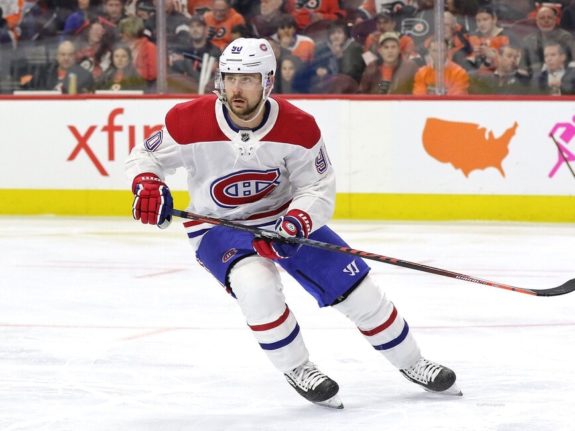
He tied Tatar for the team lead in goals at 22, and with 11 games to go, he still could’ve reached the 30-goal plateau for the third season in a row. Danault proved once again this season that he is one of the best defensive forwards in the game; he was second on the team in scoring and had a relative Corsi of 6.7 when the season paused. This is by far the best two-way line for Montreal, which will be relied heavily on to not only shut down Sidney Crosby’s line, but also provide offense against the Penguins’ top line.
Line Two
This is where the Canadiens need to make important decisions. We know the top line will be set in stone, but the rest of the lines need to be put together very carefully. Claude Julien likes a two-way game and tries to balance his lines so he has at least one defensive-style player on each. The second line can go one of two ways: it can either be a highly offensive line or balanced line. This will all be determined by where Max Domi is going to play. If the Habs want an offensive line, the first option would be to go with Domi on LW, Drouin on RW, and rookie Nick Suzuki at C.
Related: Canadiens vs Penguins Playoff Series: How Do They Match Up?
This would provide the Canadiens with a very good offensive line with high skill and speed, but it will be a defensive liability. The second option, which is more of a Julien-style line, would be to have Arturi Lehkonen play on the LW instead of Domi. This will give Julien the option of having a defensive forward on the line to cover Suzuki and Drouin’s lack of defense.
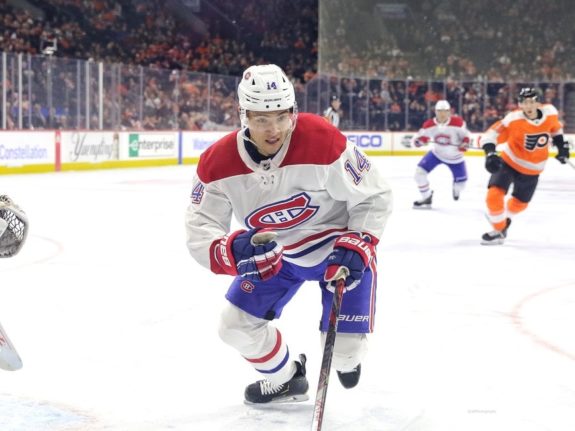
The third option is to have Domi on this line at C instead of Suzuki. Having Domi here puts more veteran presence on the line to play against Evgeni Malkin’s line. Suzuki is better defensively than Domi but would be under a lot of pressure playing against Malkin, and Julien might want to protect him from this. The second option is the more obvious line here; it’s right up Julien’s alley and makes more sense against Pittsburgh’s strong second line.
Lines Three and Four
These two lines are being combined because a few of the players could be interchangeable. The third line will be formed depending on what Julian wants to do with Domi — if he plays wing on the second line, it will leave a major hole at C on the third line. With Thompson traded and Kotkaneimi injured, this leaves Ryan Poehling and Jake Evans as the only true centers left to play on the third and fourth lines. Poehling is a rookie like Suzuki, but hasn’t had the success this season that Suzuki had, going up and down between the Canadiens and the Laval Rocket all season.
Related: Canadiens’ Drouin Returns – Has Chance to Be a Difference Maker
Evans was called up from Laval later in the season, but played very well in a fourth-line role, which is where he will probably stay for the play-ins. Another option to play center on the third line could be Jordan Weal; he isn’t an everyday center but has experience in the NHL at that position.
Related: Ranking NHL Teams By Forwards
For the wings, it could be a mixed bag as well. Joel Armia should be a lock for the third-line RW spot, while the LW could either be Lehkonen or Paul Byron. This again will depend on whether or not Domi plays C or LW.
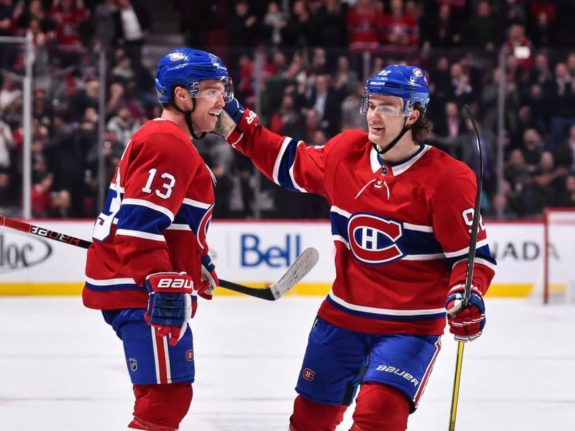
The more offensive third line would be Byron on LW, Domi down the middle, and Armia on RW. This would leave the fourth line with Weal on the LW, Evans at C, and — more than likely — Dale Weise on the right. However, Poehling could also play the wing on the fourth line. With Julien balancing the lines and the need for a center on the third line, the best options for these two lines would be Byron/Domi/Armia on the third line and Weal/Evans/Weise on the fourth line. This is how the offensive lines should look in Game 1:
Tatar – Danault – Gallagher
Lehkonen – Suzuki – Drouin
Byron – Domi – Armia
Weal – Evans – Weise
Extra: Charles Hudon and Poehling
Defensive Pairs
The defensive pairings probably won’t change much from what they were during the regular season as there haven’t been any significant moves on the backend and the pairings are pretty set. The first pair is pretty simple — Julien will no doubt go with Ben Chiarot and captain Shea Weber, who virtually played together all season and were very successful in the second half, shutting down top lines.
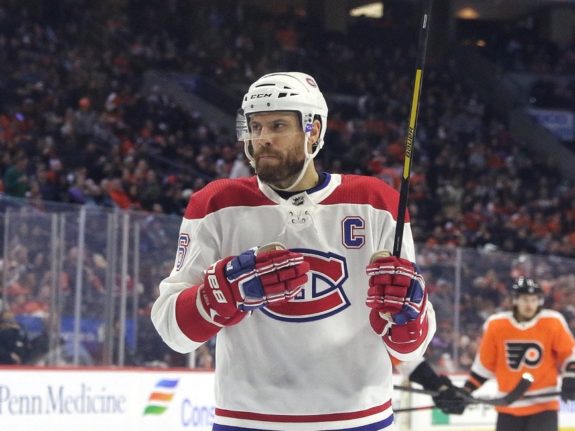
The second pair is where some changes could happen. Jeff Petry is solidified on the right side but there are options on his left. If Victor Mete is ready to go following his broken foot, he could play on the second pairing with Petry. If not, then it will go to Brett Kulak, who had a much better second half this season. The third pairing could be a number of players on both sides.
Noah Juulsen was healthy when the season paused and could battle with Christian Folin for the right side spot. If Romanov can play, then it’s a “who’s the odd man out” on the third pair between him, Mete, and Kulak. Odds are, Romanov won’t be playing, and if Mete isn’t fully healed or ready, Karl Alzner will be the other option for the final pairing. The defensive pairings should look like this to start the series:
Chiarot – Weber
Kulak – Petry
Mete – Juulsen
Extras: Alzner and Folin
Special Teams
The Canadiens’ special teams were like a yo-yo this year — when the power play (PP) was on, the penalty kill (PK) wasn’t and vise versa. The lineups for both should be straight forward with the top PP line consisting of Tatar/Suzuki/Gallagher with Drouin and Weber on the point. The second unit will have Domi/Danault/Armia with Mete/Petry on the backend. I wouldn’t be surprised to see Weal on the left side and Domi at C for the second unit either, considering Danault had the second-lowest ice time on the PP for a regular player during the season. As for the PK, the top unit should be Byron/Danault with Chiarot/Weber.
Related: Line of the Times: The Legion of Doom
However, the second unit will be different. Armia would be on the wing, but who plays center? Well, this is where it gets tough. Domi is not going to be there, so you are left with either Suzuki, Evans, or Weal. The combined ice time on the PK for all three during the season was 51 seconds. That’s right: less than a minute. My bet is on Weal because he would be the guy Julien trusts the most, then the rearguards will be Mete/Petry. The second unit of both the PP and PK will be hard to fill. The PP will be easier, but the C for the second unit — which is the most important position on the PP — is going to be interesting to watch.
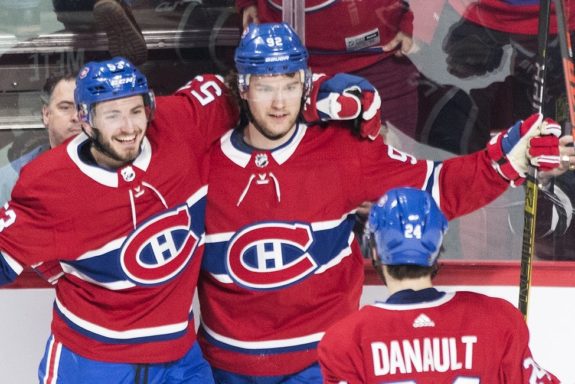
With the moves at the trade deadline leaving massive holes in the bottom two lines, it will be interesting to see how Julien works this. Where Domi plays will be the key to how balanced the lines will be. If he plays on the second line, then the bottom will be weak down the middle, but I don’t see this happening. Julien likes his balanced lines and knows Pittsburgh has three solid ones. If the Habs intend to win, they need to keep the scoring down and be tough defensively. In order to do that, they must stretch out their lines and ensure they are all defensively responsible. The series will be tough, but with Carey Price in net, anything can happen.